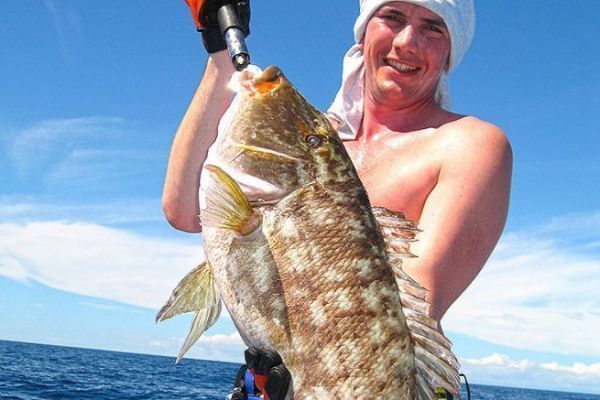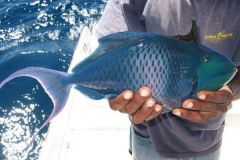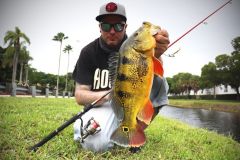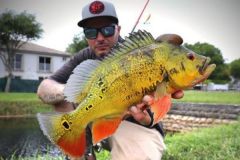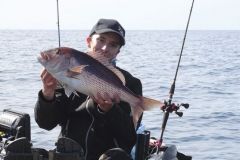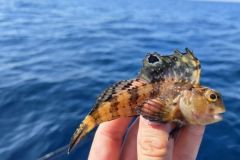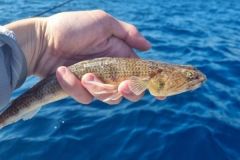Scientific name
Lethrinus microdon (Valenciennes, 1830)
Morphology
Captain tidents owes its name to its small, sharp teeth. The second part of its scientific name "microdon" means "small teeth". It has a blue-grey or brown body, pale or slightly orange fins and a fairly long snout. It usually has scattered, irregular dark spots on its flanks.
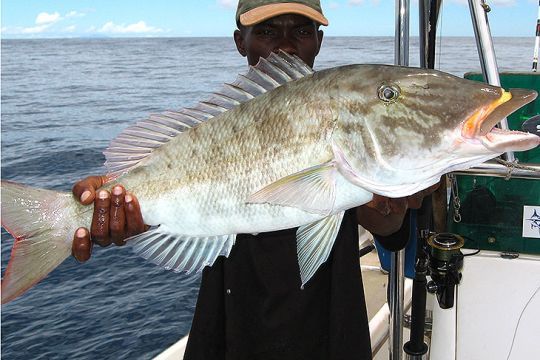
Some specimens have three dark stripes running from the eye to the snout. This relatively elongated fish reaches a maximum length of around 70 cm.
Captain Tidens' fishing grounds
Captain tidents are a species of marine fish belonging to the Lethrinidae . This species is widely distributed in the Indo-Pacific, from the coasts of East Africa to Australia and Japan. This fish is found on sandy bottoms near reefs. It forms small schools, sometimes together with the long-snouted duckbill of the same genus ( Lethrinus olivaceus ). It can be found at depths of between 10 and 80 metres. Prefer bait fishing techniques: longline or tenya.
Fishing techniques
Captain tidents feed both day and night. They are known to feed mainly on other fish as well as cephalopods and crustaceans. As a result, it responds well to jigging, slow-jigging and soft lures.
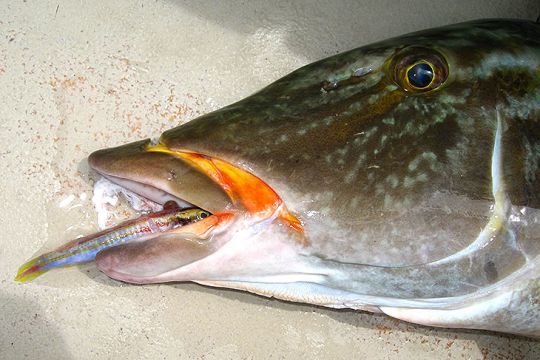
Don't hesitate to oversize your hook to be able to hook this big-lipped fish. It will also bite on longlines and, similarly, on tenya bait lures.
Reproduction
Captain tidents breed from October to February (lack of scientific data, approximate period) from a length of 31 cm in the female and 40 cm in the male.
Size and weight
- Legal minimum catch size: none
- Size at sexual maturity: 31 cm (female) and 40 cm (male)
- Average size: 30 to 50 cm
- Maximum height/weight: 70 cm
- World record: none
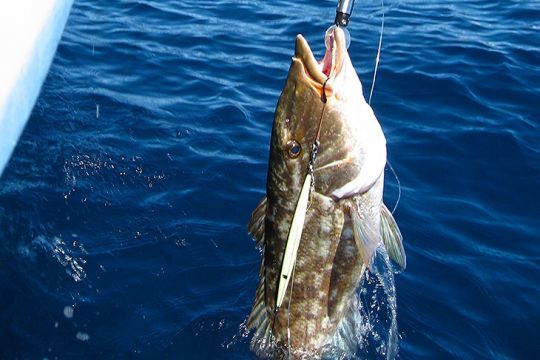
Good to know
The tident captain is highly sought after by professional fishermen for its market value and the quality of its flesh.

 /
/ 